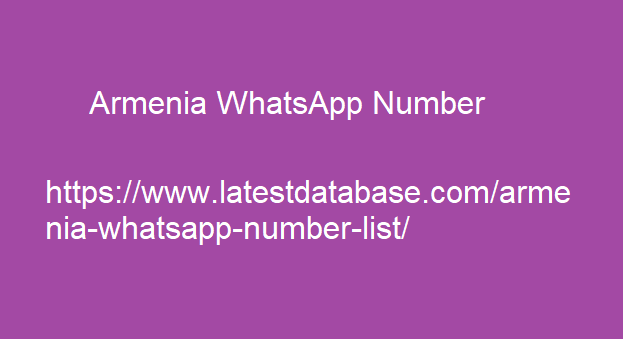|
|
Here you can see URLs with duplicate content. Screaming Frog SEO Spider crawls all URLs on your website and helps you find duplicate content. Ahrefs can help you find duplicate content by analyzing all the URLs and content on your website. Thanks to these tools, duplicate content can be detected and it can be seen that this content needs to be deleted or edited. Duplicate content is detrimental to your SEO performance. Therefore, you need to respond quickly to such content. Noindex Pages Without Unique Content Apart from updating the content, one of the precautions you can take against the duplicate content problem is the noindex tag. The noindex tag is a meta tag used to prevent a page from being indexed by search engines.
If your website has pages that need to have duplicate content, you can use the noindex tag to ensure that only one of them is indexed. However, let us say right away that this is not a recommended method. The noindex tag causes Googlebot to directly ignore that Armenia WhatsApp Number page. Therefore, the contributions that page could make to your SEO performance are eliminated. On the other hand, Canonical URL, which we will talk about in the next section, is a much better solution. Use Canonical URL Canonical URL is a metatag used to tell search engines which URL takes precedence over other URLs when the content of a web page may be found in more than one URL. Canonical URL specifies that the specified URL will replace all other URLs.

Using canonical URLs allows search engines to understand that the content on a page is located in one place and provide better indexing and ranking. This avoids SEO problems that may occur due to duplicate content. In addition, the possible contributions of a page with duplicate content to your SEO are transferred to the canonical page. Test Your Robots.txt File to Show the Correct Content to Google Testing your robots.txt file is important to understand which pages you are showing to Googlebot. Additionally, since you give Google access to your data, it is easier for Google to crawl your site. You can access this file by adding /robots.txt to the end of your domain name (such as examplesite.com/robots.txt).
|
|